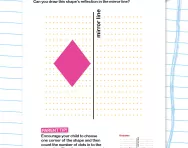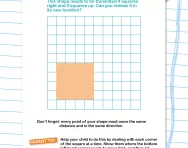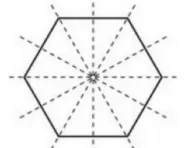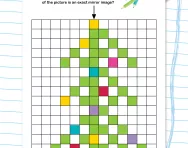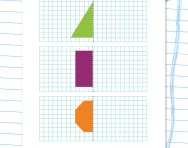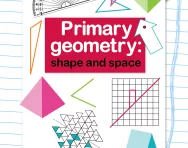TheSchoolRun.com closure date
As we informed you a few months ago, TheSchoolRun has had to make the difficult decision to close due to financial pressures and the company has now ceased trading. We had hoped to keep our content available through a partnership with another educational provider, but this provider has since withdrawn from the agreement.
As a result, we now have to permanently close TheSchoolRun.com. However, to give subscribers time to download any content they’d like to keep, we will keep the website open until 31st July 2025. After this date, the site will be taken down and there will be no further access to any resources. We strongly encourage you to download and save any resources you think you may want to use in the future.
In particular, we suggest downloading:
- Learning packs
- All the worksheets from the 11+ programme, if you are following this with your child
- Complete Learning Journey programmes (the packs below include all 40 worksheets for each programme)
You should already have received 16 primary school eBooks (worth £108.84) to download and keep. If you haven’t received these, please contact us at [email protected] before 31st July 2025, and we will send them to you.
We are very sorry that there is no way to continue offering access to resources and sincerely apologise for the inconvenience caused.
What is translation of shapes?
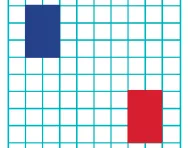
What is translation?
In geometry translation means moving a shape into a different position, without changing it in any way.
In Year 5 children are introduced to shape translation by giving them shapes on squared paper; they then need to be moved a certain number of squares up, down, left or right.
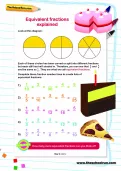
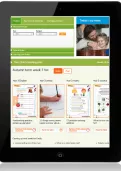
Boost Your Child's Maths & English Skills!
- Get a tailored learning plan for your child
- Spend 10 minutes completing the activities added each week
- See your child jump ahead in their knowledge and confidence
Translating shapes in KS2
A child might be given a shape on squared paper like this (the rectangle in blue) and then asked to translate it 5 down and 6 to the right, resulting in the rectangle in red: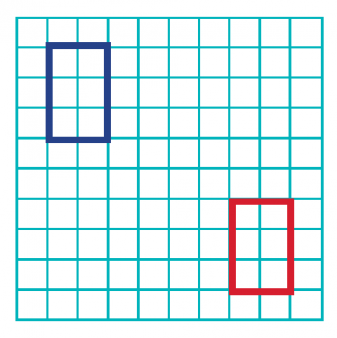
A good way to start making this concept clear to children is to give them a cut-out shape to physically move across the page.
Later, children need to learn to be able to translate a shape without this support.
A good way to teach them to do this is to encourage them to concentrate on each point of the shape at a time. For example: when doing the above task, it would be best to start by putting the point of your pencil on the top left hand corner of the shape and then moving your pencil down 5 and right 6, then plotting the first point of your new shape with a dot.
You would then need to do the same with the top right hand corner of the shape, the bottom left and then the bottom right.
Children may be asked questions that combine coordinates with translation, for example, they may be given a shape on a coordinates grid: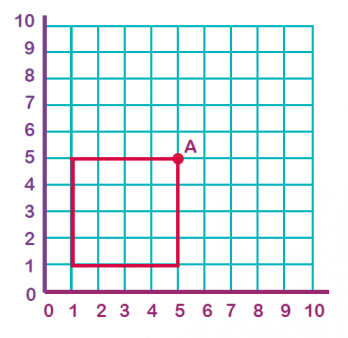
An example question they may be asked could be:
What will the co-ordinates of point A be when this square is translated 3 to the right and 4 up?
To answer this, they would need to translate the square and then give the co-ordinates of point A on the new shape, which would be (8, 9).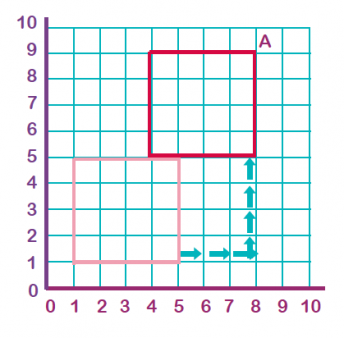
Shapes can also be reflected In a mirror line and rotated.


